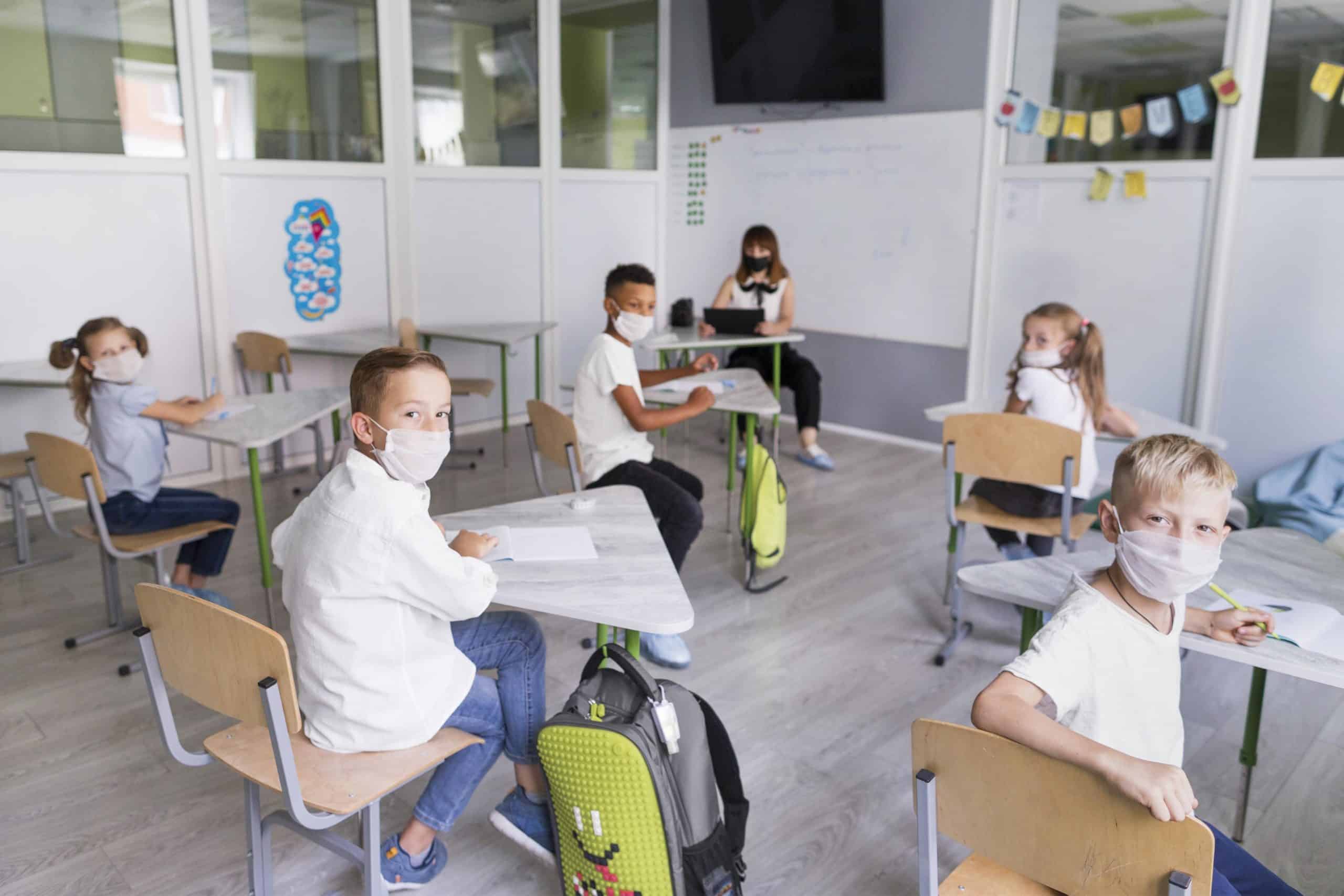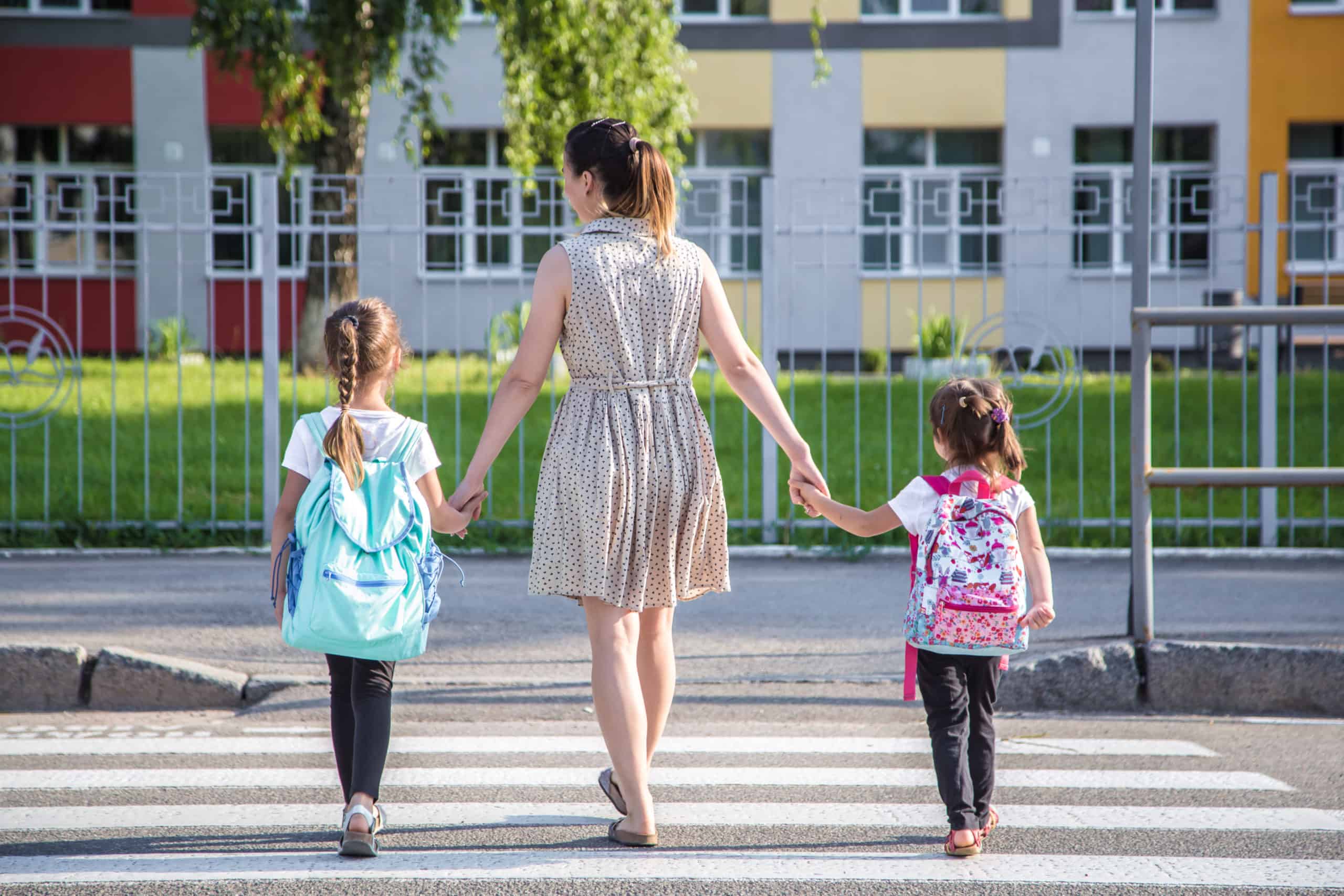Where to Start: Informing & Helping Adjust
Clear, consistent communication makes change a bit more digestible. Help your district adjust to pandemic-related procedures by establishing regular communication with both students/parents and staff that clearly define expectations for everyone.
Leverage communication outlets, such as social media, email, and outgoing pre-recorded calls. This ensures all messaging is received by the intended audience(s). Administrators should also consolidate a method for receiving questions, such as an information hotline, a central email address. A frequently asked questions (FAQs) website page can also be frequently updated.
There’s no such thing as over communicating about safety. Details change quickly and people expect to be informed, but they also need to know that everything is subject to change. Maintain trust with the public. Do not overpromise and under-deliver with phrases like “we’ve got this,” because at any time someone could test positive for COVID-19. Be clear, but not overconfident – no one knows what we’re getting into and can’t promise that everything will be fine.
Employees
Teachers, staff and administrators who understand and embrace the new health and safety protocols play a vital role in keeping schools open. Here are a few examples of new protocols for school staff:
- Cleaning and disinfecting is no longer the sole responsibility of the custodial staff. For example, teachers may be asked to wipe down desks and chairs in between classes.
- In some buildings, teachers may be the ones traveling to different classrooms to limit hallway traffic and keep social distance. They should create a cart to assist in moving materials from class to class.
Students
Families accustomed to shopping for new blue jeans and binders this time of year now buy face masks and choosing between virtual or in-person learning options (that is, if their district isn’t already starting remotely). Here are key precautions for students to take this year:
- Everyone needs to stay vigilant with symptoms of illness. Families must keep children home with a fever, and not mask symptoms by sending the kids to school with medicine. Perform daily temperature checks each morning, and err on the side of caution, always.
- Send extra masks in case one gets damaged or dirty, and encourage kids to get creative with their mask designs (especially for the younger students). Fun prints can help keep kids engaged despite the distraction and new hygiene routines.

School Building Precautions
From the first day of a school reopening throughout the duration of the COVID-19 pandemic, schools will institute many new precautions. Prioritizing these four objectives will reduce the spread of illness:
- Social Distancing: Maintain at least six feet of physical separation between individuals whenever possible.
- Isolating: Identify, isolate and remove students who exhibit symptoms of illness. Set up more than one clean room in each building to isolate people showing signs of illness.
- Disinfecting: Clean and disinfect commonly touched surfaces frequently during each school day. Also emphasize frequent handwashing and use of hand-sanitizer to all students and staff.
- Masking: Require the use of masks (N-95 masks if available) at all times, or at least during transitions where social distancing is not possible. Educate students and staff how to apply, remove and care for their masks.
Safety Precautions Checklist
Beyond the predictable precautions above, here are seven more detailed safety precautions that your district can’t afford to overlook:
- Team up. Partner with local health departments and children’s hospitals for specific action plans in your community. Also consider collaborating with neighboring school districts to share strategies and work through the crisis together.
- Update air flow. Increase the amount of outside air flow within buildings to decrease the spread of airborne germs. Then, either replace or clean air conditioning system filters regularly, and disinfect with an EPA-approved disinfectant for COVID-19. Air-dry before reinstalling the filters.
- Advocate for mental health. Living through the pandemic (prolonged isolation, the death of a loved one, job loss, etc.) takes an emotional toll on people. Plan ahead for extra mental health support for both students and staff and work to reduce the stigma by talking openly and sharing resources. Train the staff on behaviors to watch out for (in both students and colleagues) so they can intervene to get help when needed.
- Assess threats. Ensure all Behavioral Threat Assessment teams are in place and ready to operate at an expanded level. This is to deal with the potential of increased threats and behavioral issues caused by isolation and anxiety, in addition to the regular threat issues that occur in academic settings.
- Install hand-sanitizer stations. Create consistent procedures for using hand sanitizer each time your students or staff enter a new room. Install convenient dispenser stations throughout each facility.
- Remove standing water. Flush all water systems (water fountains, toilets and sinks) thoroughly before reopening to remove standing water from pipes. This will help reduce the risk of Legionnaires Disease, water-borne bacterial infections and mold.
- Ventilate buses. Thoroughly ventilate buses (and other vehicles that have been sitting) by opening windows and doors for the time it takes for at least one complete air exchange.
Get a Comprehensive School Safety Plan in Your District
Recent events prove that our world can change abruptly – making instant demands that affect entire school districts. The best step forward is to be organized today. Navigate360 helps you manage the full spectrum of safety – from prevention and preparation through response and recovery.
From active shooter response training to virtual seminars on bullying prevention, Behavioral Threat Assessment software and much more, our modern approach to safety helps you get started on a path to safety with confidence.
To find out how we can help you get the right safety preparedness plans in place, call our specialists at 330-661-0106 or visit us at navigate360.com.
Modernize your plan. Equip your team.
Talk to Navigate360.




